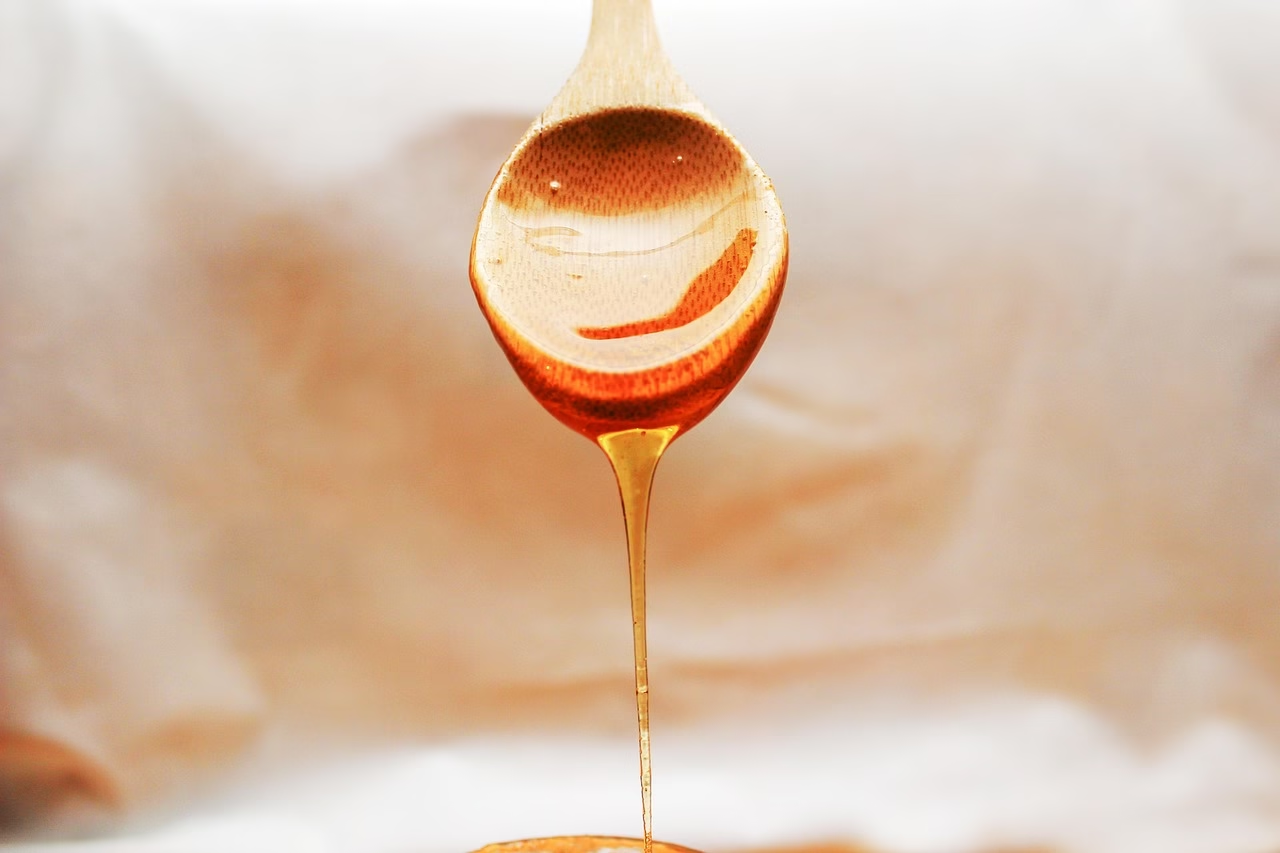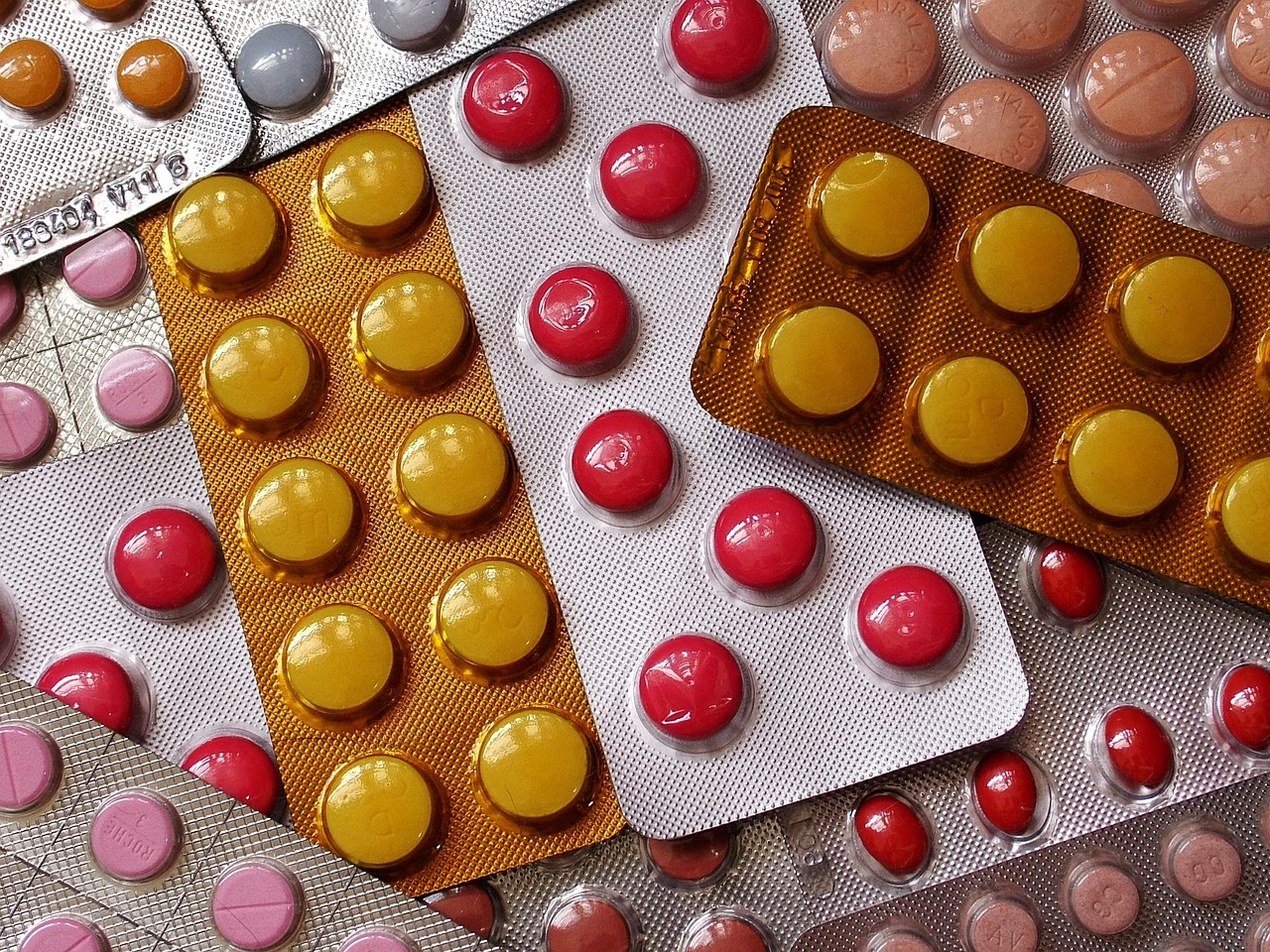Microplastics Found in Human Semen and Follicular Fluid, Stu
July 3, 2025 | by Rachel Bloom

Plastic Where It Should Never Be: Unpacking the Latest Fertility Red Flag
By Dr. Rachel Bloom · Holistic wellness researcher & fierce advocate for reproductive vitality
1. A Troubling Discovery, Straight from the Lab
On July 1, 2025 Human Reproduction published a peer-reviewed study that stopped many of us in our tracks. Researchers examined samples from 22 men and 29 women undergoing fertility evaluations, detecting microplastics in 55 % of semen samples and 69 % of ovarian follicular fluid samples. Even more unsettling, the most abundant particles in semen were PTFE (better known as Teflon), while follicular fluid harbored a cocktail of polyethylene, PVC, and rubber-based fragments.
This finding builds on work from Italian and Chinese teams throughout 2024–25, which had already reported microplastics in testicular tissue, urine, breast milk, and—historic first—every semen sample in a 40-man cohort. The July study is unique because it shows men and women in the same clinical setting simultaneously carrying these particles in the very fluids that create and nourish human life.
2. Why Semen & Follicular Fluid Matter So Much
For Him — Sperm Integrity
Semen isn’t merely a transportation medium; it is chemically primed to protect, energize, and signal sperm cells. Animal data reveal that microplastics can:
- Induce oxidative stress that damages sperm DNA and shortens their motile lifespan.
- Disrupt endocrine pathways, potentially lowering testosterone and hindering sperm production.
- Inflame testicular tissue, leading to abnormal morphology and reduced counts—trends we’re already witnessing globally.
For Her — Oocyte Ecology
Follicular fluid bathes each developing egg. Any contaminant in this micro-environment can alter nutrient exchange, hormonal signaling, and the delicate redox balance that decides whether an oocyte matures healthfully or stalls. In-vitro experiments mimicking the levels found in human samples show that even sub-100 µm plastic beads can penetrate the zona pellucida, delaying or preventing maturation. The result? Fewer viable eggs, potential chromosomal errors, and greater reliance on assisted reproductive technologies.
3. How Do Microplastics Slip Inside Us?
The journey is depressingly mundane:
- Food & Drink — Plastic tea bags can release billions of nano-fragments per cup; bottled water contains 10–100 µg L-1 of micro-particles.
- Air — Synthetic clothing, car tires, and paint shed fibers we inhale daily, delivering plastic straight to the bloodstream via lung alveoli.
- Skin Contact — Personal-care products with polyethylene beads or PFAS-laden cosmetics create dermal exposure, slowly migrating into circulation.
Once inside, microplastics don’t neatly exit. Their surfaces attract heavy metals and endocrine-disrupting chemicals. They wedge into tissues, invite inflammatory cells, and can remain for months—or longer—before being excreted, often only partially.
4. Beyond the Panic: Practical Shields You Can Raise
No one can live zero-plastic in 2025, but meaningful reduction is realistic. Here’s the protocol I follow with my patients and in my own home:
- Upgrade Food Storage — Switch to glass, stainless steel, or silicone. If plastic is unavoidable, keep it cold; heating accelerates leaching.
- Filter (Really) Well — A certified reverse-osmosis system removes up to 90 % of micro- and nano-particles. At minimum, choose a filter tested for “NSF/ANSI 401: Micro-contaminants.”
- Fabric Consciousness — Favor natural fibers; launder synthetics in a microfiber-catching bag or use a filter on your washing-machine drain.
- Dust & Ventilate — Most inhaled plastics are household dust. HEPA vacuuming and indoor plants that trap particulates can cut exposure dramatically.
- Nourish Detox Pathways — The liver processes many plastic-borne xenochemicals. Support it with cruciferous vegetables (sulforaphane), adequate protein, and routine movement to enhance lymphatic flow.
5. Hope & Advocacy in Equal Measure
I’ve sat with couples devastated by unexplained infertility, feeling their grief as keenly as my own heartbeat. Scientific alerts like this one are never meant to amplify fear; they are calls to radical care—for our bodies and our planet. Microplastics are a human-made problem, which means we also hold the keys to the solution.
On a personal level, small behavioral pivots accumulate into measurable drops in bodily plastic burden over months. Collectively, our purchasing power nudges industries toward safer packaging, while our votes press policymakers for upstream bans on unnecessary single-use plastics.
6. The Road Ahead
Reproductive science is moving quickly, but so is plastic pollution. We need longitudinal studies that follow couples from pre-conception through pregnancy, mapping microplastic load against outcomes. In parallel, toxicologists must define threshold doses—the line between background exposure and biologically disruptive load.
Until then, awareness remains our best defense. Tend to your environment, feed your detox pathways, and hold compassion for your reproductive journey—whatever shape it takes. I will continue to track this unfolding story and translate each data point into actionable care.
In solidarity and health,
Dr. Rachel Bloom

RELATED POSTS
View all



